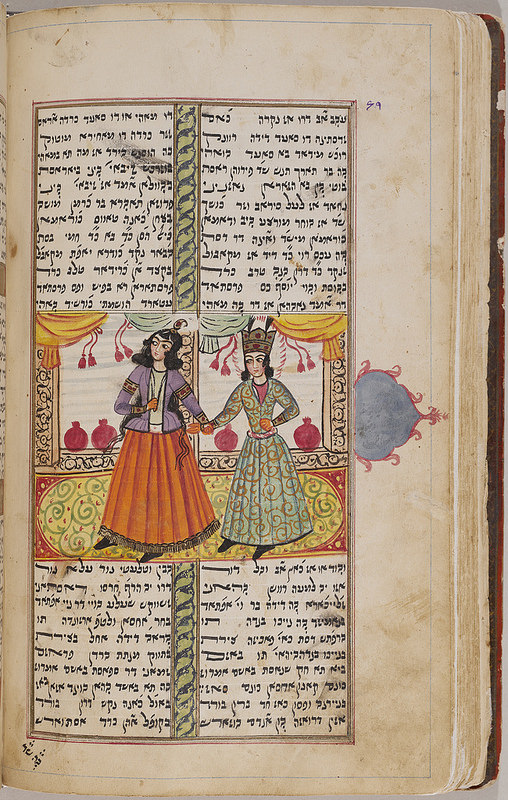 Art, Culture, Literature & Society in Iran during the Qadjar Era
Art, Culture, Literature & Society in Iran during the Qadjar Era
Second Conference of Iranian Studies organized by the Cultural Attaché of the Embassy of the Islamic Republic of Iran
Berlin, June 30 – July 2, 2017
Read the detailed conference proframme here.
Conference Programme:
Language and Literature
- Roxane Haag-Higuchi: “Umkehr und Erwachen: zur Literaturgeschichte der Qadscharenzeit”
- Karolina Rakowiska: “Das Bild der Frau in der Literatur zur Zeit der Qadscharen Dynastie”
- Bert G. Fragner: “Das Zeitalter der Qadscharen im Urteil von Historikern und Geschichtsschreibern während der letzten 150 Jahre”
- Documentary Film: “Die Geschichte des Journalismus im Iran”
- Eva Orthmann: “Der grenzüberschreitende Einfluss des Persischen”
- Saiid Firuzabadi: “Joseph von Hammer-Purgstalls Beitrag zur Bekanntmachung der persischen Literatur in der Zeit der Qadscharen-Dynastie”
Art History
- Shervin Farridnejad: “Judeo-Persian Miniatur Painting and Illustrated Manuscripts from late 17th to early 20th centuries”
- Negar Habibi: “Landschaftsmalerei während der Q adscharen-Dynastie (von Malereien im europäischen Stil bis zu Kamal-ol-Molk)”
- Kianusch Mootaghedi: “Analyse der siebenfarbigen Kacheln der Qadscharen-Epoche”
- Nicoletta Fazio: “Too Modern for the Showcase? How Qajar Art made it in the Museum”
- Boris von Brauchitsch: “Die Kunst der Fotografie im Vergleich: Analyse zweier Fotoalben vom Golestan-Palast”
Maps and Travelogues
- Birgitt Hoffmann: “Reiseberichte aus der Qadscharen-Epoche”
- Christine Nölle-Karimi: “Qajar Envoys in Khiva”
Cities
- Heinz Gaube: “Kaschan zur Zeit der Qadscharen”
- Sima Taefi: “Teheran, eine glanzvolle Erinnerung an die Qadscharen-Epoche”
Politic
- Seyed Ali Moujani: „Die Nation der Schia“ und der „Märtyrerkönig“ – Nāserad-Din Schahs Politik bezüglich der heiligen Stätten in Irak”
- Oliver Bast : “Die Qadscharen und Europa während des ersten Weltkrieges”
- Ali Bahramian: “Der Übergang von der Schrift zum Druck in der Zeit der Qadscharen-Dynastie”
- Ulrich Marzolph: “Lithographie in der Zeit der Qadscharen-Dynastie”
Workshops
- Thomas Ogger/Sayfollah Shokri: “Iranian Music Instrumenst”
- Hamid Reza Shureshi: “Calligraphy Workshop”

 Issue 26 of the
Issue 26 of the 


 McCollum, Adam. 2015.
McCollum, Adam. 2015. 
 Utas, Bo. 2013.
Utas, Bo. 2013.  Moreen, Vera Basch (ed.). 2015.
Moreen, Vera Basch (ed.). 2015.